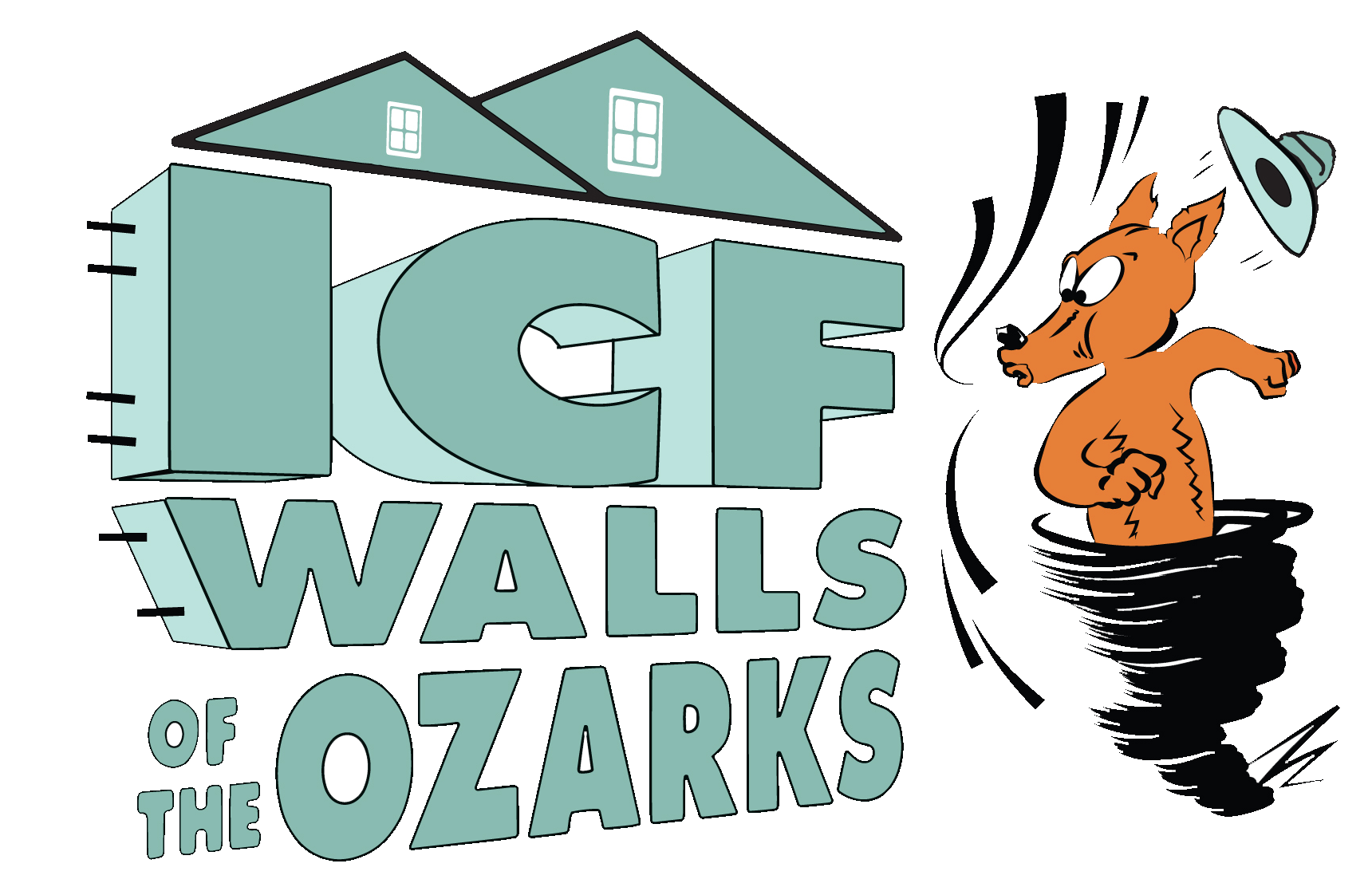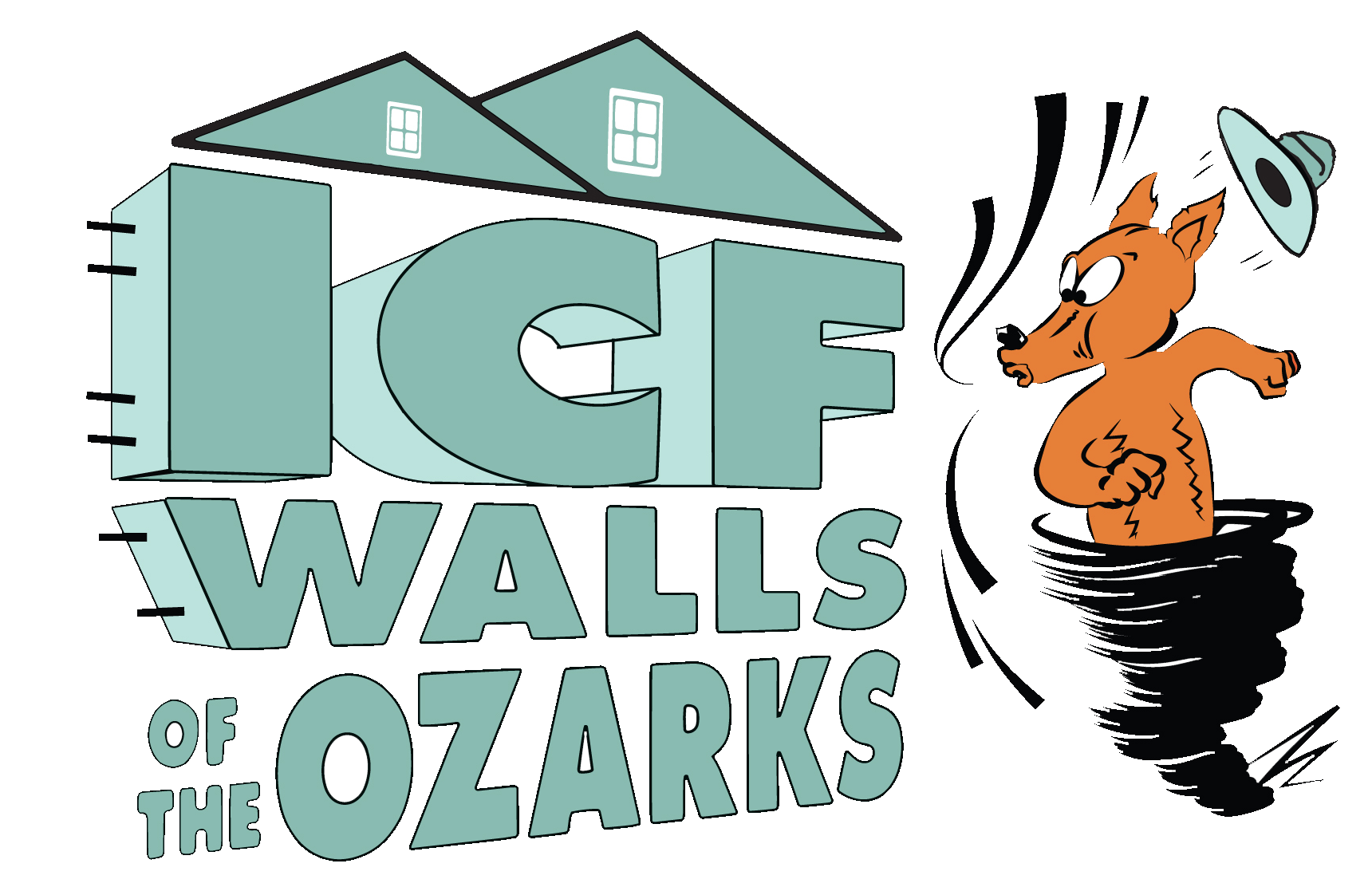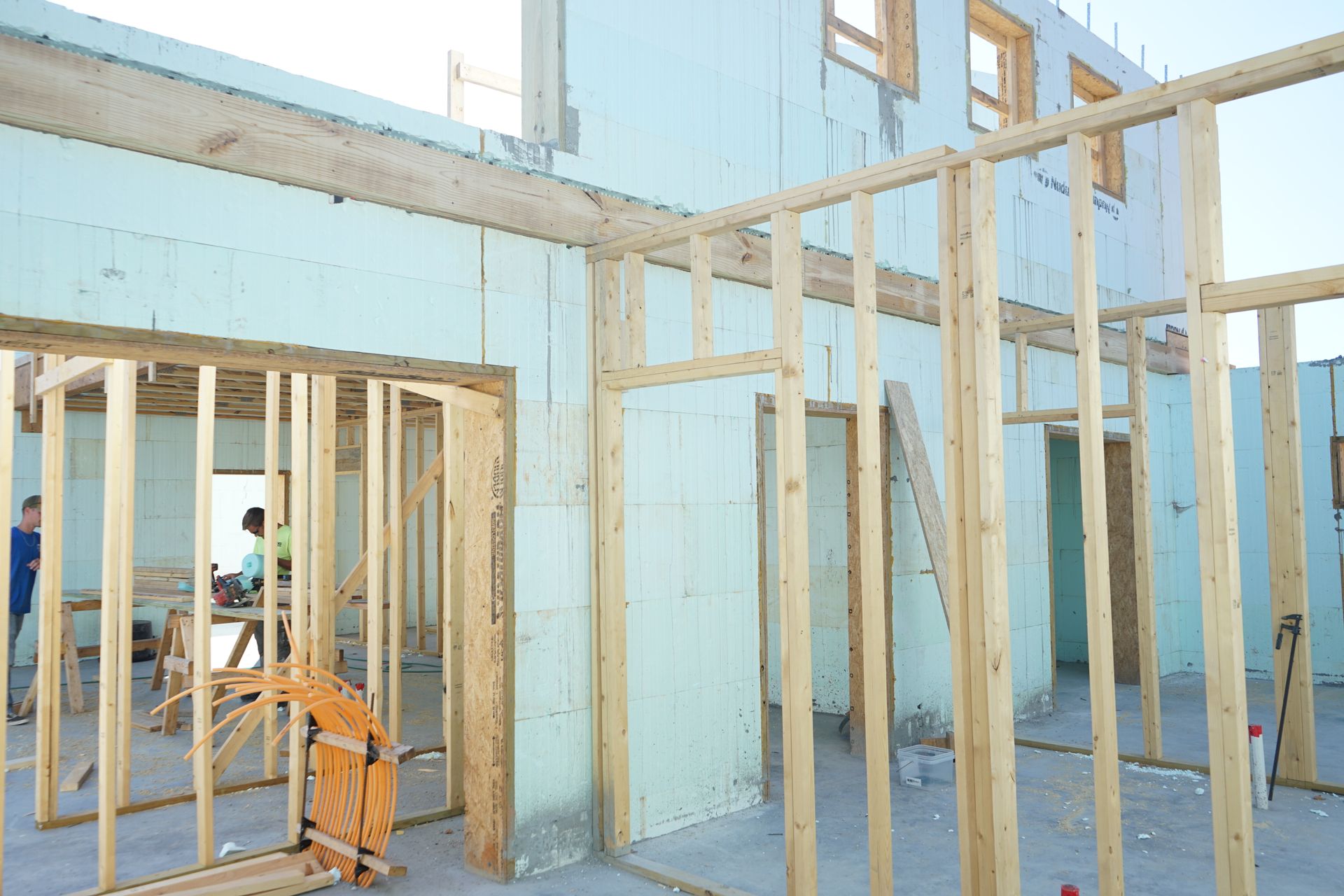Building Better: A Comparative Analysis of SIPs and ICF Construction
Building Better: A Comparative Analysis of SIPs and ICF Construction
In the realm of modern construction, innovation is the cornerstone of progress. Two methods that have gained significant traction in recent years are Structural Insulated Panels (SIPs) and Insulated Concrete Forms (ICFs). Both techniques offer unique advantages, but understanding their differences is crucial for making informed decisions in construction projects. In this post, we'll outline the pros and cons of utilizing SIPs, and where SIPs may fall short, ICF construction can step in to compensate.
Structural Insulated Panels (SIPs)
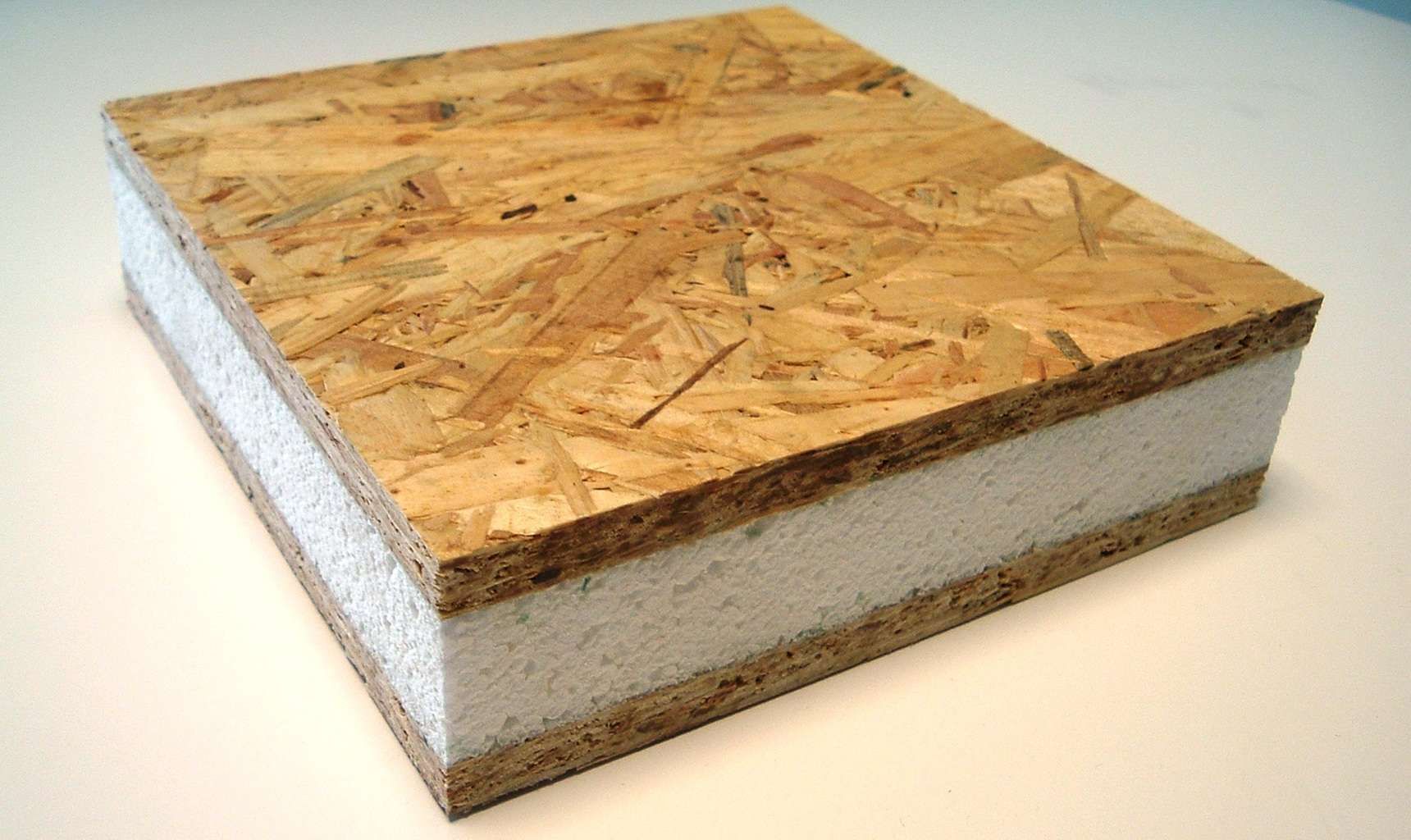
SIPs consist of a core of insulating foam sandwiched between two structural facings, typically oriented strand board (OSB). These panels are manufactured off-site to precise specifications and then transported to the construction site for assembly.
Advantages of SIPs Construction:
- Energy Efficiency: SIPs have great thermal performance, thanks to the continuous layer of insulation across the entire panel. This characteristic minimizes thermal bridging, resulting in energy-efficient buildings.
- R-Value = up to R-50
- Quick Installation: SIPs are designed for rapid assembly, as the panels come pre-cut and ready to install. This streamlined process can shorten construction timelines.
Drawbacks of SIPs Construction:
- Limited Spanning Capability: SIPs have limitations in terms of spanning long distances without additional support. Large openings or wide spans may require additional structural elements, which can increase construction costs.
- Moisture Sensitivity: While SIPs are highly resistant to moisture when properly sealed, any breaches in the panel's integrity can lead to water infiltration and potential damage to the structure.
- Structural Integrity: Even though SIPs are lightweight, they provide better structural strength when compared to traditional stick-built alternatives. Certain SIP manufacturers claim wind resistance of up to 180 MPH, which is impressive for wooden structures, yet it doesn't match the wind resistance offered by ICF construction.
- While discussing various construction methods with retired firefighters, it became apparent that SIPs were deemed unsuitable for maintaining structural integrity in fire situations. It was emphasized that when a home constructed with SIPs is on fire, firefighters will not enter the home to preserve the structure and ensure safety, as SIPs tend to ignite and propagate flames rapidly, resulting in compromised structural integrity and an unacceptable risk for firefighters to enter.
Insulated Concrete Forms (ICF)
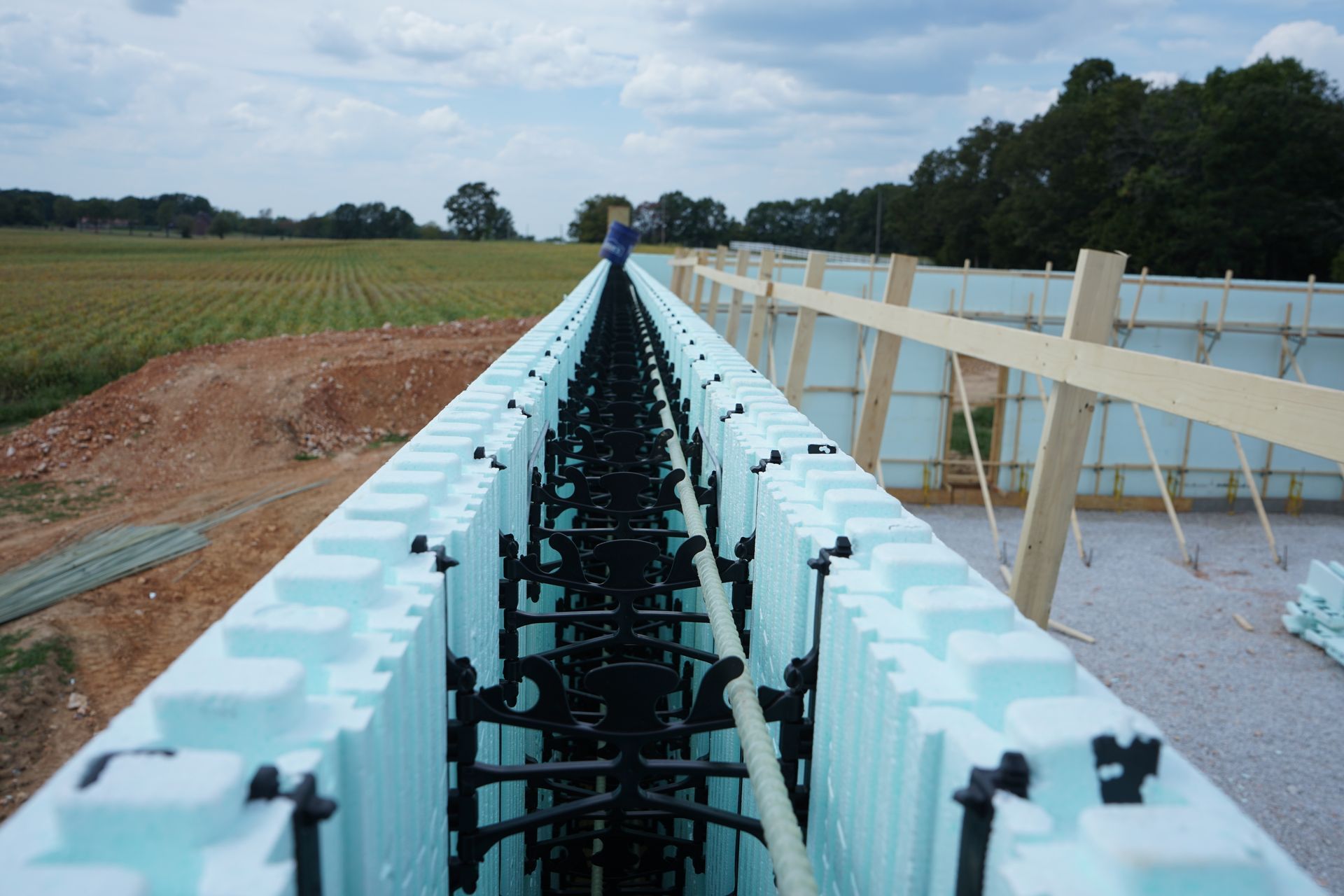
ICFs are hollow blocks made of EPS foam, which are stacked to form the walls of a building. Once assembled, these forms are filled with concrete, creating a solid and well-insulated wall system.
Advantages of ICF Construction:
- Excellent Insulation: Like SIPs, ICF construction offers exceptional thermal insulation, resulting in energy-efficient buildings and enhanced comfort for occupants. The solid concrete core provides thermal mass, helping to regulate indoor temperatures.
- Performance R-Value = R-50
- Concrete, like wood, is susceptible to thermal bridging. However, when it is sandwiched between foam, thermal bridging is eliminated. Concrete also has a high thermal mass, which means it can absorb and hold heat for a long time. This property makes it effective for maintaining temperature stability. With SIPs, you'll have insulating foam enclosed by OSB (oriented strand board, an engineered wood product still susceptible to thermal bridging).
- Sound Insulation: The dense structure of concrete combined with the insulating properties of EPS foam makes ICF walls effective at blocking sound transmission. This feature is particularly advantageous in areas with high noise levels or for those who struggle with sleep-related problems.
- Fire Resistance: Concrete is inherently fire-resistant, offering superior protection compared to traditional wood-framed structures. ICF walls can significantly delay the spread of fire, providing valuable time for evacuation and firefighting efforts.
- Our walls boast a 3 hour burn rate.
Drawbacks of ICF Construction:
- Skill Requirement: Building with ICFs requires specialized knowledge and skills, particularly during the concrete pouring phase. Improper installation can lead to structural issues and compromise the integrity of the building.
- Insulated concrete forms are often advertised as a great Do-It-Yourself option. We like to say, while ICF is totally DIY-able, it is not "DIY Friendly".
Other Considerations of ICF Construction:
- Higher Material Costs: While ICFs offer long-term savings through energy efficiency and durability, the upfront material costs tend to be higher than conventional construction methods. In our 9 years of building exclusively ICF, we have never seen the price be more than 10% higher. These costs will be offset by lower utility bills and reduced maintenance/upkeep expenses over time.
Cost of Ownership
- SIPs: SIPs can be less expensive initially. Based on our initial findings, it appears that SIPs may be around 7% less expensive (when looking at material costs alone). However, this is only an estimate, and actual costs can vary based on specific project details and suppliers. We suggest considering this as a general observation rather than a firm rule.
- SIPs homes will need significantly increased maintenance and upkeep overtime.
- A SIPs home may be energy efficient, but it is not a home that is built to protect your investment or your family.
- ICF: According to our research, the upfront cost of ICF may be around 7% higher, but it offers more than just energy efficiency. While both ICF and SIPs can provide comparable R-values, ICF brings added benefits in durability, safety, and long-term protection. Choosing ICF means not only investing in energy savings but also in a home that safeguards your family and preserves your investment for years to come.
Conclusion
In conclusion, both SIPs and ICF construction methods offer significant advantages in terms of energy efficiency, however, ICF construction provides these energy savings while also providing storm resistance and sound resistance. Our Legacy system takes this a step further with a monolithic footing system and an engineered truss system to also give you pest resistance, water resistance, and a roof rated for 200 MPH winds.
By understanding the distinct characteristics of SIPs and ICFs, builders and homeowners can make informed decisions that align with their goals for efficiency, sustainability, and structural integrity in construction projects.
Service Areas
CONNECT
HOURS
Mon - Fri: 7am-5pm
Sat & Sun: Closed
© 2024 ICF Walls of the Ozarks All Rights Reserved
